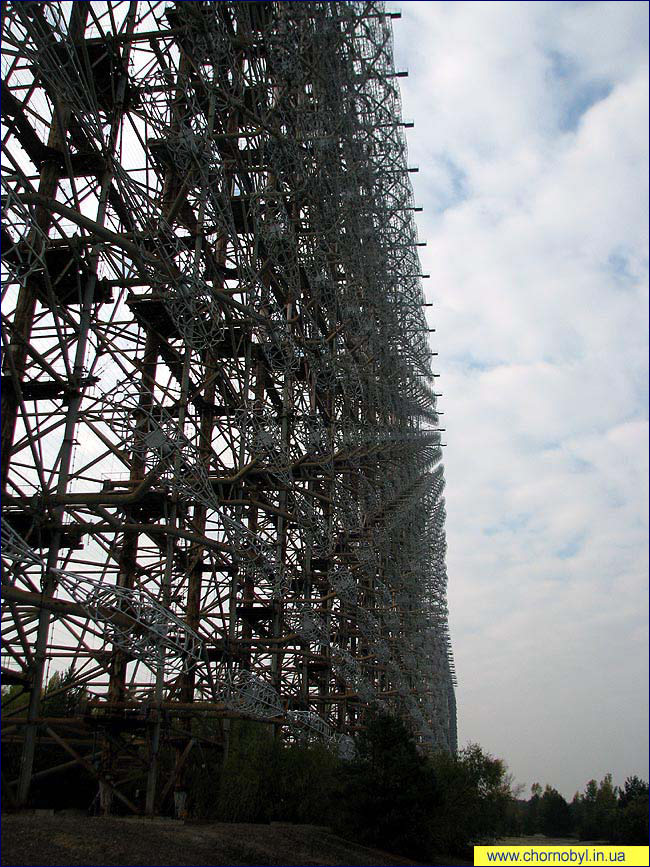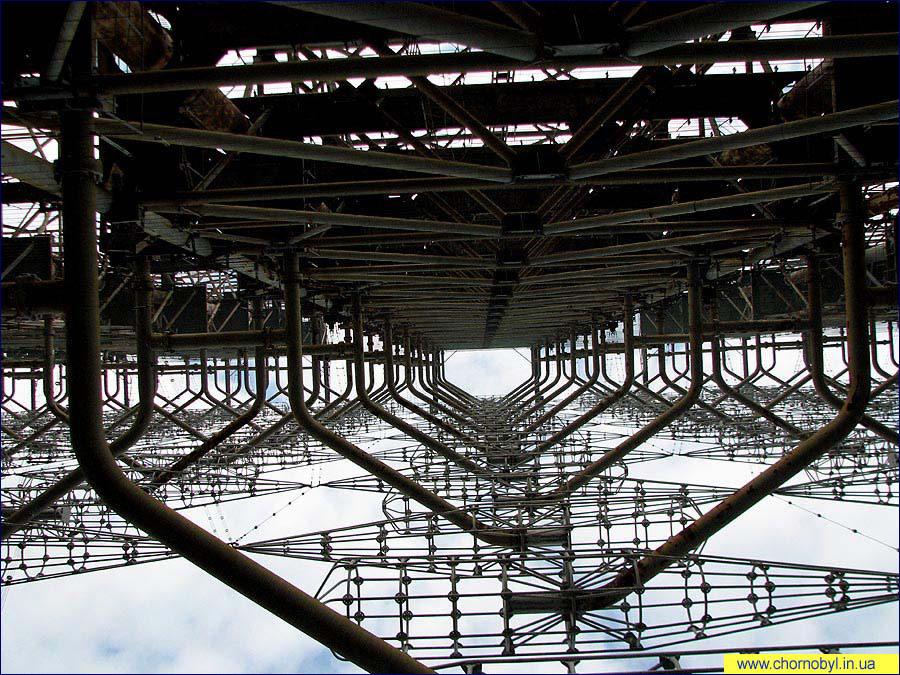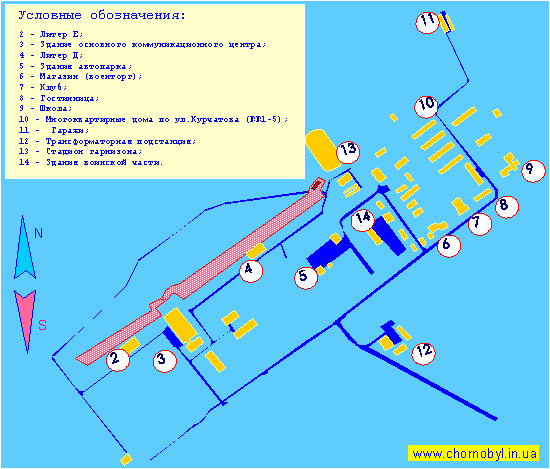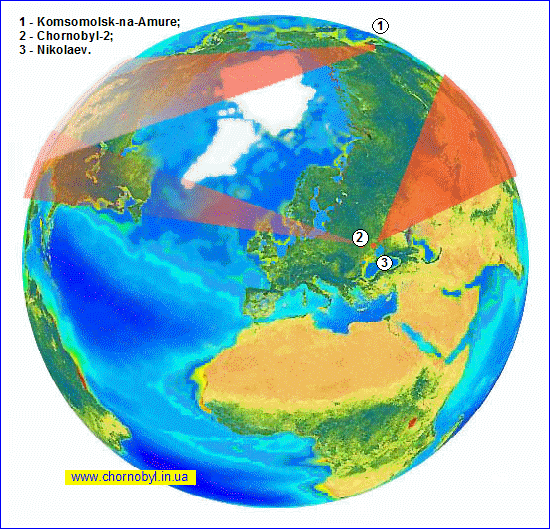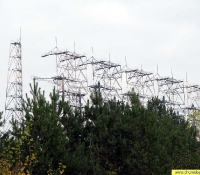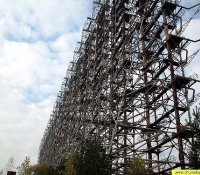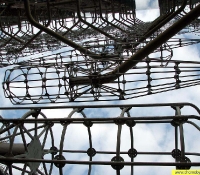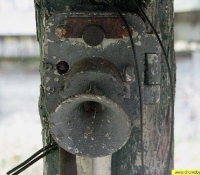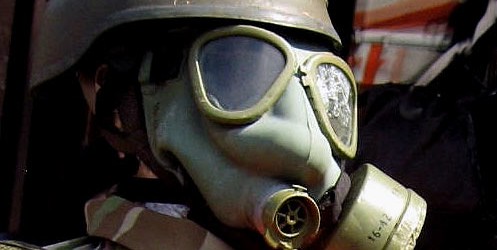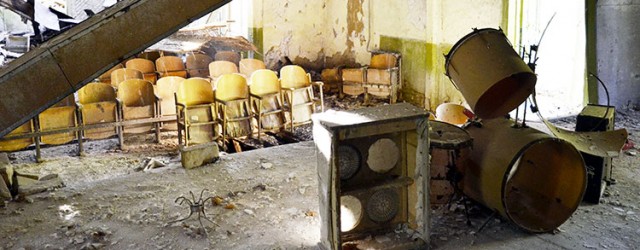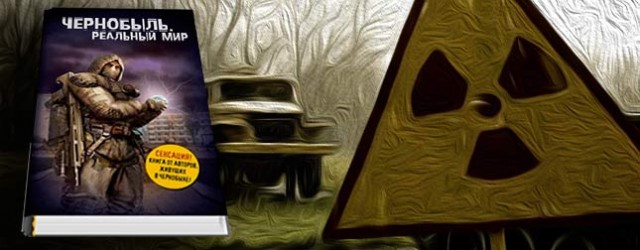
Город Чернобыль-2 находится на северо-запад от небольшого Полесского города Чернобыль, но его невозможно найти ни на одной топографической карте. Исследуя карты Вы скорее всего найдете обозначения пансионата для детей, или же пунктирные линии лесных дорог на месте размещения города, но только не обозначения городских и технических построек. В СССР умели прятать тайну, тем более если это была тайна военная.
Только с развалом Советского Союза и аварией на Чернобыльской АЭС стало известно о существовании в полесских лесах небольшого городка (военного гарнизона), который занимался… «космическим шпионажем». В семидесятых годах прошлого столетия, военными были созданы уникальные радиолокационные системы позволявшие отслеживать пуски баллистических ракет с территорий (военных баз и подводных лодок) вероятного противника. Созданный радар был назван – загоризонтной радиолокационной станцией (ЗГРЛС). Имея колоссальные размеры мачт и принимающих антенн, ЗГРЛС требовала большого человеческого ресурса – около 1000 человек военных несли боевое дежурство на этом объекте. Для военных и их семей был создан небольшой городок, с одной улицей, которая носила (носит) название Курчатова.
На схеме, представленной ниже, можно увидеть городскую инфраструктуру.
Схема инфраструктуры города Чернобыль-2, подготовленная по материалам космической съемки сайта wikimapia.org и en.wikipedia.org
Решение о создании загоризонтной радиолокационной системы Дуга №1 (возле г. Чернобыль) было принято на основании постановлений Правительства от 18 января 1972 и 14 апреля 1975 года
Уже в 1976 году был смонтирован главный радиолокационный узел ЗГРЛС Чернобыль -2. Генеральным проектировщиком ЗГ РЛС в Чернобыле-2 был Научно-исследовательский институт дальней радиосвязи (НИИДАР). Главным конструктором и вдохновителем идеи ЗГРЛС был Франц Кузьминский.
Первые испытания радара Государственной комиссией были выполнены в 1979 году. Как отмечают сами специалисты «… в процессе подготовки … испытаний пришлось решать ряд практических проблем, вызванных тем обстоятельством, что вводилось абсолютно новое, уникальное, не имеющее аналогов в мировой практике средство…».
Как утверждают некоторые источники – «… в ходе испытаний осуществлено обнаружение стартов баллистических ракет и ракет-носителей с Восточного ракетного полигона США, проведена проверка адекватности моделей по результатам обнаружения попутных пусков баллистических ракет и ракет носителей США, которая подтвердила правильность выбранных модельных представлений».
Вместе с тем были обнаружены и недостатки системы, которые заключались в отсутствии качественного определения одиночных целей и малых групп целей. Качественная работа ЗГРЛС достигалась только для условий массированных ударов баллистических ракет вероятного противника.
Несмотря на некоторые функциональные ограничения в 1982 году ЗГЛРС в городе Чернобыль -2, согласно Постановлению Правительства (от 31 мая 1982 года), была принята в опытную эксплуатацию. По случаю принятия в эксплуатацию РЛС «Дуга» (так называли станцию в Чернобыле-2 военные), разработчики комплекса получили государственные награды – Васенев В.Н., Данилов Б.М., Дубровский Н.Ф., Крокунов Ю.М. и др.
Вместе с ЗГ РЛС в Чернобыле-2 в СССР были созданы еще две подобные системы в городах Николаеве и Комсомольске-на-Амуре. На схеме можно увидеть пространства, которые позволяли контролировать эти ЗГРЛС.
Чернобыль-2: зона покрытия радара
Територии покрытия ЗГ РЛС — Дуга-1 (г.Чернобыль-2 и г.Николаев) и Дуга-2 (г.Комсомольск-на-Амуре)
С началом эксплуатации комплексов возникли дополнительные проблемы. Оказывается, часть диапазона рабочих частот радиолокационных систем совпадали с системами гражданской авиации и рыболовного флота европейских стран. СССР получил официальное обращение от западных стран о том, что созданные системы существенно влияют на безопасность авиации и морского судоходства.
СССР пошел на уступки и прекратил использовать рабочие частоты. Сразу же перед конструкторами была поставлена задача по устранению недостатков работы радара. Учеными и конструкторами задача была решена, и после модернизации, в 1985 году, система начала проходить Государственную приемку.
После аварии на Чернобыльской АЭС в 1986 году ЗГ РЛС была снята с боевого дежурства, а оборудование было законсервировано. Военные и гражданское население было эвакуировано из зоны радиоактивного заражения. Когда руководством и военными СССР были осознаны масштабы экологической катастрофы – было принято решение (в 1987 году) о вывозе ценного оборудования и систем в город Комсомольск.
Так уникальный объект, обеспечивавший космический щит советского государства перестал функционировать, а город и городская инфраструктура была забыта и заброшена.
Как выглядит этот уникальный объект сегодня Вы можете узнать ознакомившись с Фоторепортажем из города Чернобыль-2.
